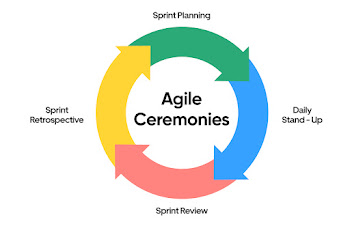Explain STLC with an example?
The Software Testing Life Cycle (STLC) s a set of phases that defines the testing approach for a software development project. It outlines the various activities and tasks involved in ensuring the quality and reliability of the software being developed.
The STLC includes the following phases:
Requirement Analysis:
In this phase, testers analyse the requirements documents to understand what needs to be tested. They identify testable requirements, create test scenarios, and determine the testing scope.
Test Planning:
Test planning involves defining the test objectives, test strategy, test approach, and resources required for testing. Test plans and schedules are created based on factors such as project timelines, budget, and available resources.
Test Case Development:
Test cases are developed based on the test scenarios identified during the requirement analysis phase. Test cases outline the steps to be executed, the expected results, and the test data required for each test scenario.
Test environment setup:
A suitable testing environment is set up to mimic the production environment as closely as possible. This may involve configuring hardware, software, networks, and other dependencies required for testing.
Test Execution:
Testers execute the test cases developed earlier in this phase. They perform functional testing, non-functional testing (such as performance, security, and usability testing), and other types of testing as per the project requirements.
Defect Reporting and Tracking:
During test execution, defects or issues identified in the software are logged into a defect tracking system. Each defect is assigned a priority and severity, and it is tracked until it is resolved.
Defect Retesting and Regression Testing:
After defects are fixed by the development team, testers verify that the fixes are effective through defect retesting. Additionally, regression testing is performed to ensure that the changes made to fix defects do not introduce new issues elsewhere in the software.
Test Closure:
Once testing is complete and the software meets the predefined exit criteria, the testing team prepares test closure reports. These reports summarise the testing activities, test results, defects found, and any recommendations for future projects.



Comments
Post a Comment